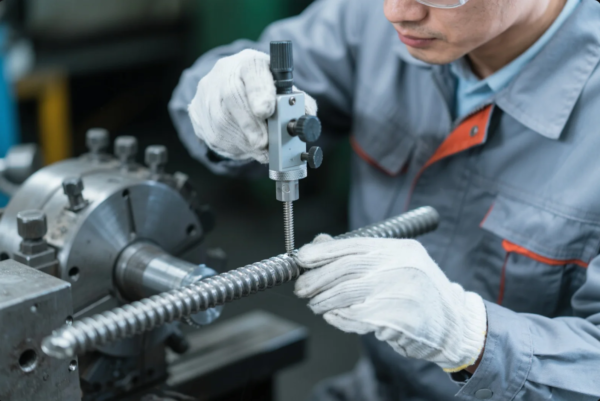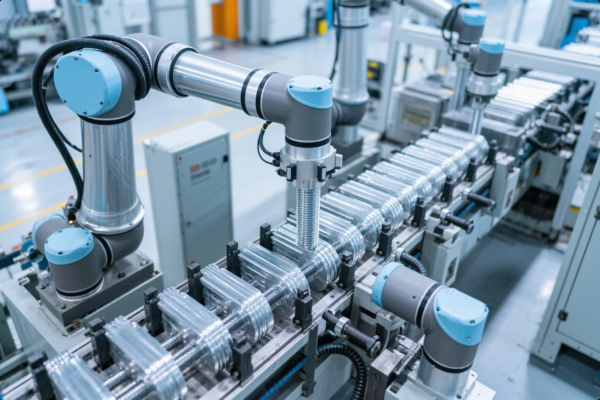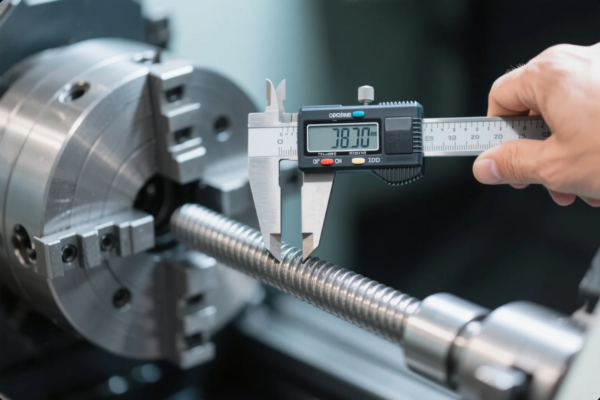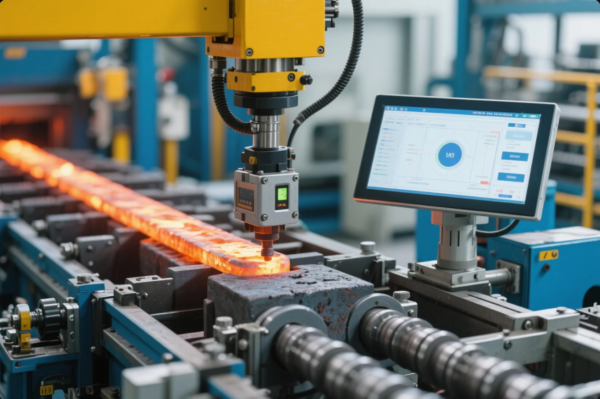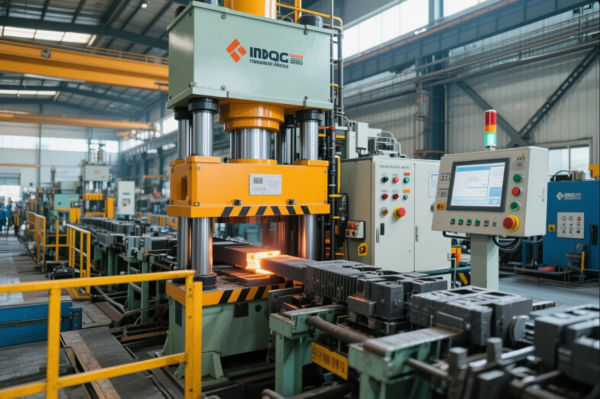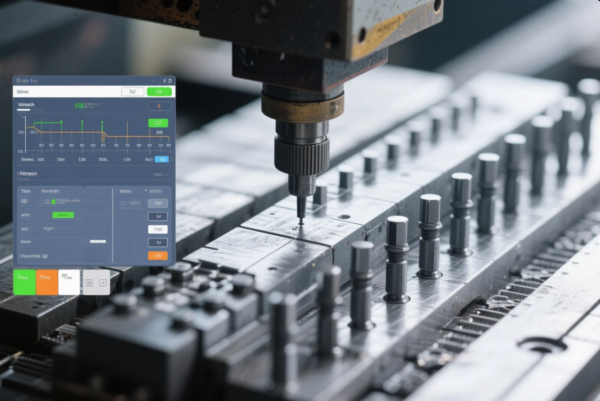Which Surfaces Should Never Be Directly Welded?
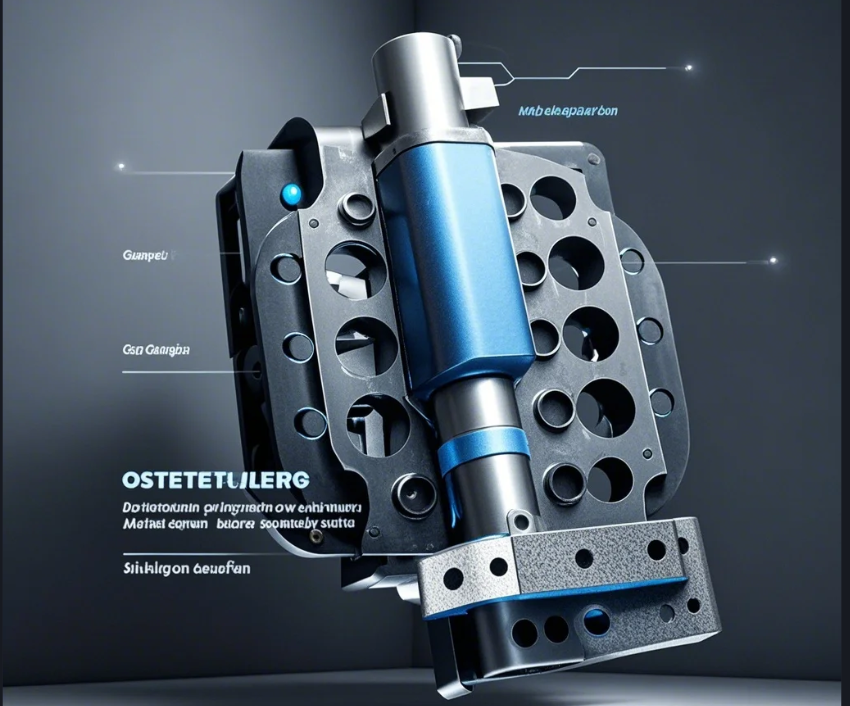
During our 30 years of metal fabrication, we've identified several high-risk surfaces that cause welding failures - from toxic fumes to structural cracks.
These 7 surfaces require special treatment before welding: 1) Galvanized/zinc-coated metals (toxic fumes) 2) Chrome-plated surfaces (contamination) 3) Painted surfaces (defects) 4) Oil-contaminated areas (porosity) 5) Certain aluminum alloys (hot cracking) 6) High-carbon steel (cold cracking) 7) Plastic-coated metals (toxic gas).
Understanding these risks prevents costly rework...
Why Is Welding Galvanized Steel So Dangerous?
The hidden health hazard in many workshops.
Galvanized coatings (zinc) produce toxic zinc oxide fumes when welded - causing metal fume fever with flu-like symptoms within 4-12 hours, and requiring OSHA-approved respirators plus proper ventilation (minimum 100 CFM airflow per welder).
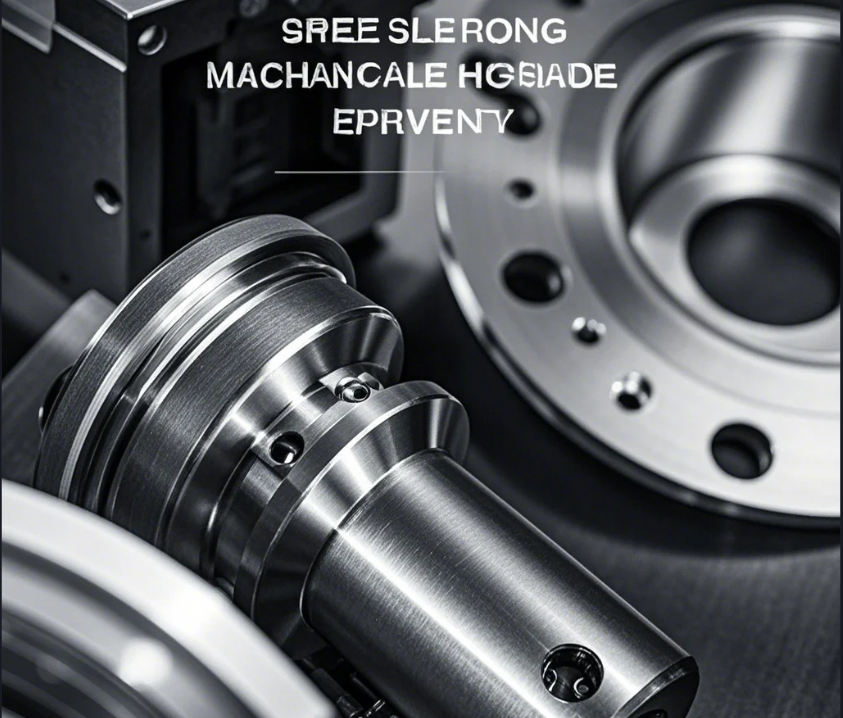
Galvanized Steel Prep Requirements
| Method | Equipment Needed | Time Investment | Effectiveness |
|---|---|---|---|
| Grinding | Angle grinder | 5-10 min/ft² | 95% removal |
| Chemical | Muriatic acid | 30-60 min soak | 100% removal |
| Thermal | Oxy-fuel torch | 2-5 min/ft² | 90% removal |
Safety Protocol Comparison
| Approach | PPE Required | Fume Extraction | Medical Monitoring |
|---|---|---|---|
| No Prep | PAPR | Industrial hood | Blood zinc tests |
| Partial | N95 | Portable extractor | Symptom logging |
| Full | Standard | General ventilation | None needed |
Critical Applications Affected:
- Metal building frames
- Fencing systems
- HVAC ducting
- Automotive panels
What Happens When Welding Painted Surfaces?
Hidden contaminants ruin weld quality.
Common paint types create different defects: 1) Oil-based (porosity) 2) Powder coat (slag inclusions) 3) Epoxy (hydrogen cracking) 4) Lead-based (toxic fumes) - requiring complete removal 1" beyond weld zones at minimum.

Paint Removal Methods Analysis
| Technique | Speed | Cost/sq ft | Residual Risk |
|---|---|---|---|
| Sandblasting | Fast | $0.50 | Low |
| Chemical | Medium | $0.75 | Medium |
| Grinding | Slow | $0.25 | High |
| Laser | Fastest | $2.00 | None |
Weld Defect Occurrence Rates
| Paint Type | Porosity Risk | Slag Risk | Cracking Risk |
|---|---|---|---|
| Oil-Based | 75% | 40% | 25% |
| Powder | 60% | 90% | 15% |
| Epoxy | 30% | 20% | 60% |
| Lacquer | 50% | 30% | 10% |
Typical Problem Areas:
- Used equipment repairs
- Structural modifications
- Shipbuilding
- Tank fabrication
How Does Oil Contamination Affect Aluminum Welding?
Hydrogen becomes trapped, creating bubbles.
Oil/grease on aluminum causes: 1) Explosive porosity (visible craters) 2) Reduced strength (up to 40% loss) 3) Leak paths 4) Fatigue failures - requiring acetone or alkaline cleaning before TIG/MIG welding with less than 10ppm hydrocarbon residue.
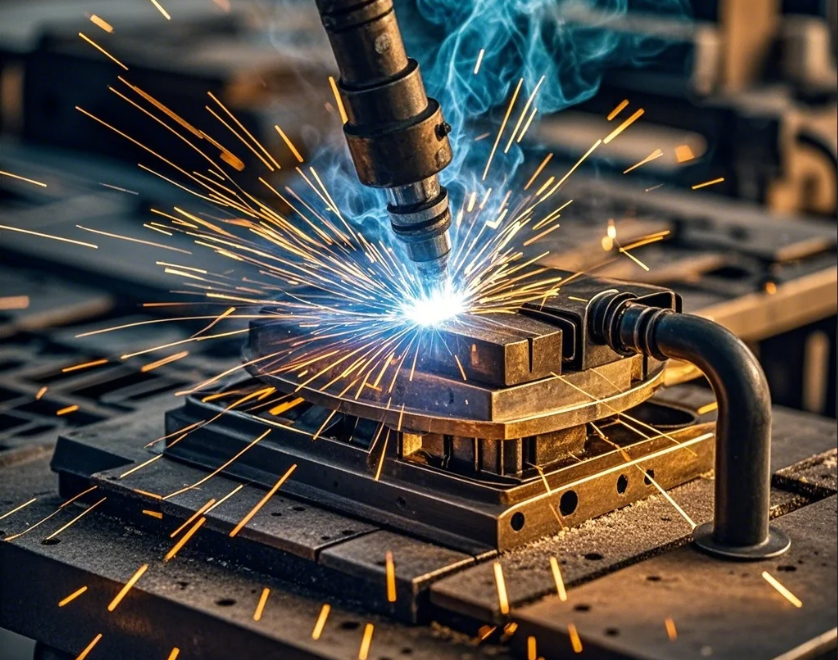
Aluminum Prep Standards Comparison
| Standard | Cleaning Method | Acceptable Residue | Verification |
|---|---|---|---|
| AWS D1.2 | Acetone wipe | Visual inspection | Low-tech |
| Aerospace | Vapor degrease | <5 ppm | Lab test |
| Military | Alkaline bath | <1 ppm | White glove |
Porosity Correlation Data
| Contaminant Level | Average Pores/inch | Strength Reduction |
|---|---|---|
| 100 ppm | 15-20 | 35-40% |
| 50 ppm | 5-10 | 15-20% |
| 10 ppm | 0-2 | <5% |
| 1 ppm | 0 | None |
Critical Components Affected:
- Aircraft frames
- Heat exchangers
- Marine components
- Pressure vessels
Why Avoid Welding High-Carbon Steel Without Prep?
The cold cracking time bomb.
Steels above 0.3% carbon content (1045, 1095, 4140 etc.) experience: 1) Martensite formation 2) Hydrogen cracking 3) Weld zone brittleness - requiring preheat (200-400°C) and post-weld heat treatment (PWHT) to restore ductility.
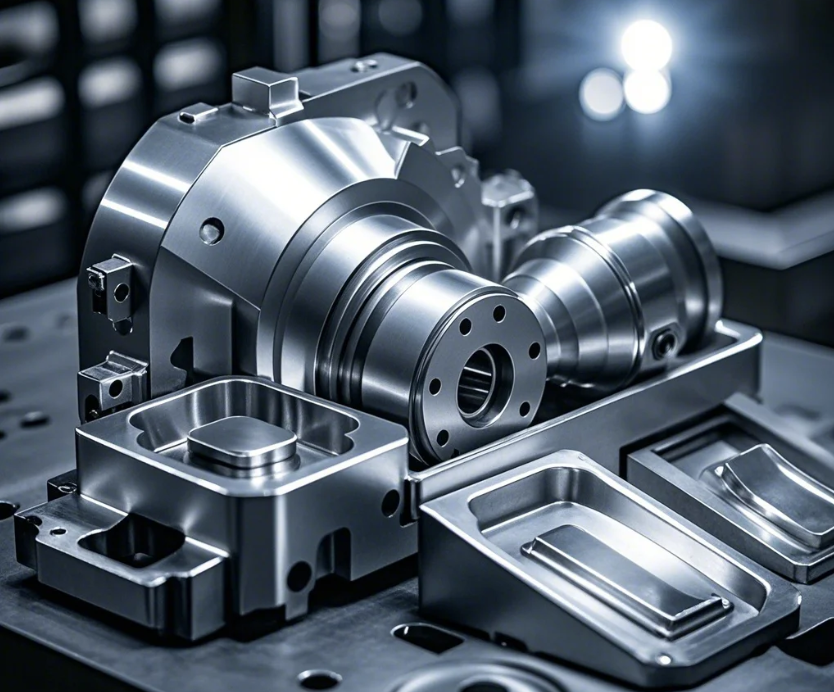
Carbon Steel Welding Guidelines
| Carbon % | Preheat Temp | Interpass Temp | PWHT Needed |
|---|---|---|---|
| 0.1-0.2 | None | 150°C max | No |
| 0.2-0.3 | 100°C | 200°C max | Sometimes |
| 0.3-0.5 | 200°C | 250°C max | Always |
| >0.5 | 300°C+ | 300°C max | Critical |
Cracking Risk Assessment
| Factor | Low Risk | Medium Risk | High Risk |
|---|---|---|---|
| Carbon Content | <0.15% | 0.15-0.3% | >0.3% |
| Hydrogen Level | <5ml | 5-10ml | >10ml |
| Restraint | None | Moderate | Severe |
| Thickness | <10mm | 10-25mm | >25mm |
Problem Applications:
- Axles/shafts
- Cutting tools
- Die components
- Forestry equipment
Conclusion
Always inspect and properly prepare metal surfaces - removing coatings, contaminants and addressing material properties before welding to ensure joint integrity and worker safety.

